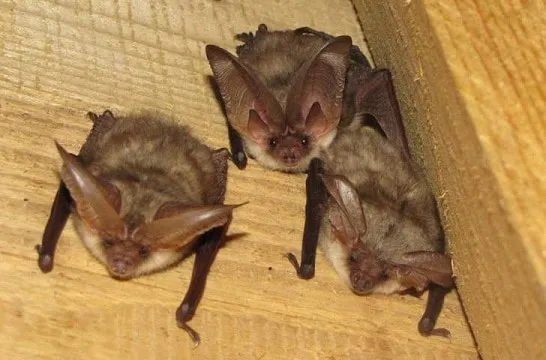Bats, the fascinating creatures of the night sky, belong to the order Chiroptera and play an essential role in various ecosystems. With over 1,400 species identified worldwide, bats exhibit a diverse range of characteristics that set them apart. From their unique physical features to their intriguing behaviors, let’s delve into the top 5 species of bat characteristics that make them truly remarkable.
The Marvelous World of Bats
Before we dive into the distinct traits of different bat species, let’s gain a deeper understanding of these incredible creatures and their significance in the natural world.
A Myriad of Bat Species
Bats inhabit various habitats across the globe, from dense forests to arid deserts. This vast diversity gives rise to distinct species, each with its own set of remarkable characteristics.
The Characteristics that Define Bats
Bats possess a multitude of characteristics that make them intriguing subjects of study. Here are the top 5 species, each celebrated for specific traits:
The Echolocation Experts – Brown Long-Eared Bats (Plecotus auritus)
One of the most remarkable features of bats is their echolocation ability. Brown long-eared bats are known for their exceptional echolocation skills, emitting high-frequency sounds to navigate and hunt for insects in the dark. Their large ears aid in precise sound detection, showcasing their specialization in nocturnal hunting.
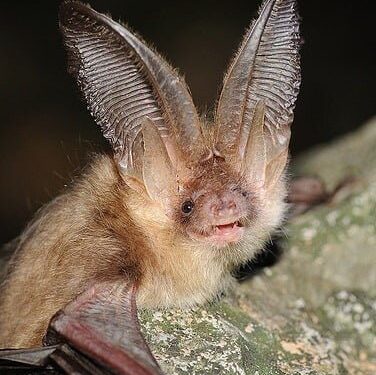
The Tiny Pollinators – Mexican Long-Tongued Bats (Choeronycteris mexicana)
Bats contribute significantly to pollination, and the Mexican long-tongued bat is a prime example. With their long, extendable tongues and a preference for nectar-rich flowers, these bats play a vital role in pollinating various plant species, including agave, making them crucial to ecosystems and tequila production.
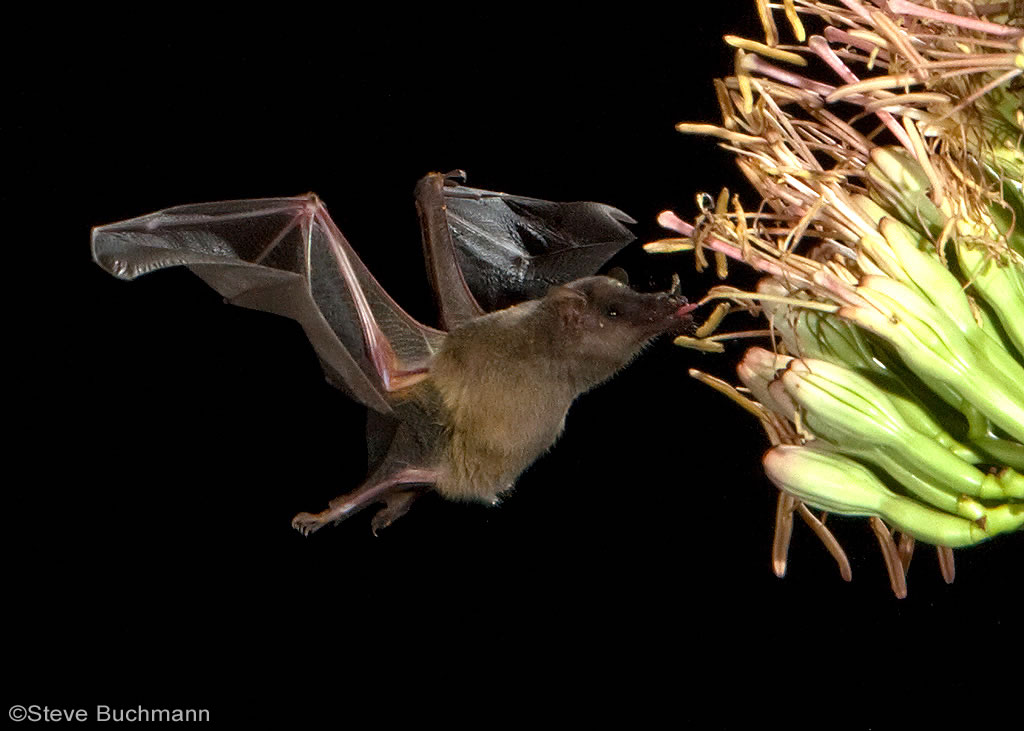
The Flying Foxes – Fruit Bats (Family Pteropodidae)
Fruit bats, also known as flying foxes, are recognizable by their large size and fox-like faces. Unlike insect-eating bats, they primarily feed on fruits and nectar. These bats have a vital role in seed dispersal and forest regeneration, making them indispensable for maintaining biodiversity.
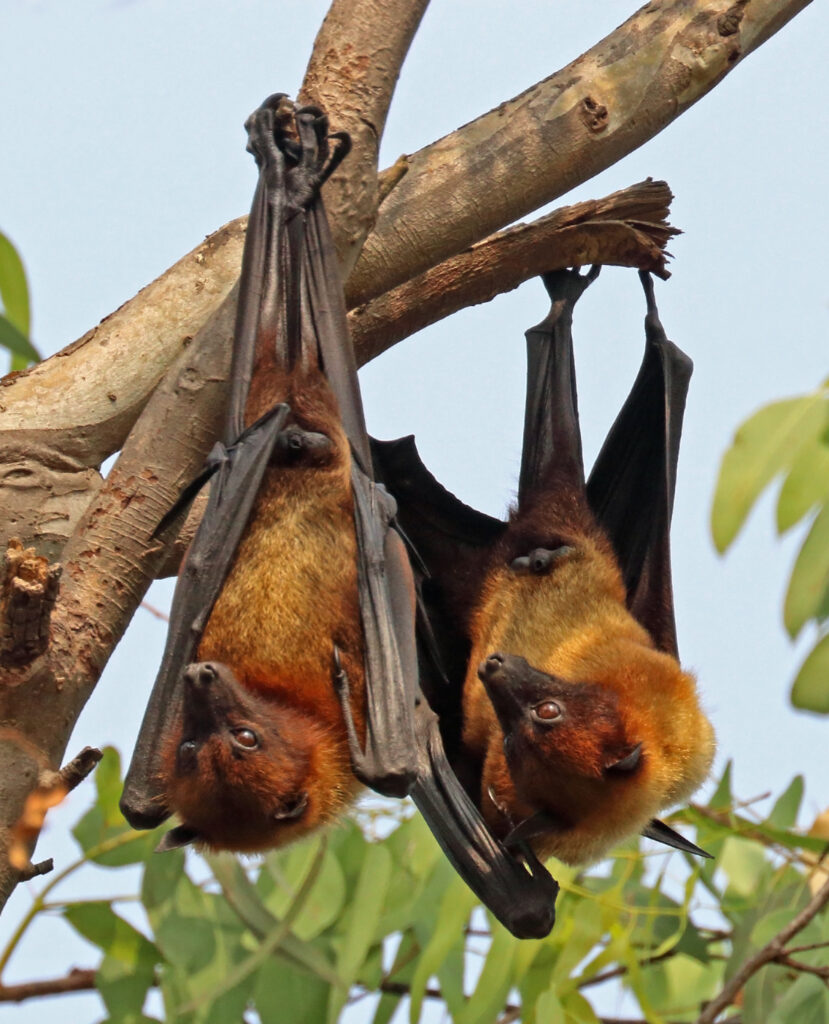
The Vampire Myth – Common Vampire Bats (Desmodus rotundus)
Vampire bats have captured human imagination for centuries, and their feeding habits are indeed extraordinary. These bats feed on the blood of animals, making small incisions with razor-sharp teeth and lapping up the blood. Despite their fearsome reputation, they exhibit complex social behaviors and cooperative grooming.
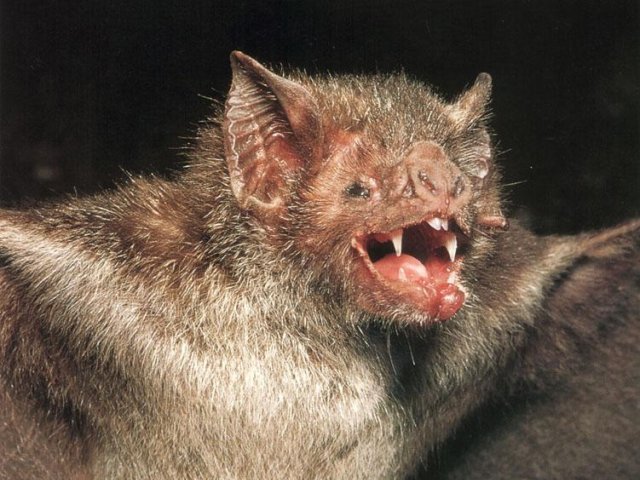
The Masters of Darkness – Horseshoe Bats (Rhinolophidae)
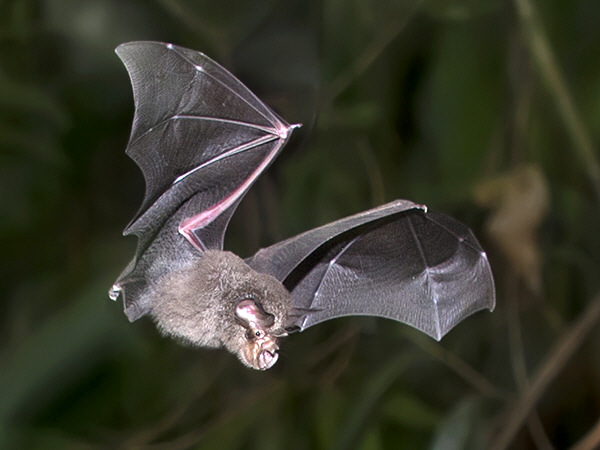
Horseshoe bats are known for their distinctive facial structures resembling, as the name suggests, horseshoes. These bats employ a sophisticated echolocation system, emitting calls through their intricate nose-leaf structures. Their unique facial features are essential for focusing sound waves and enhancing their hunting accuracy.
The Importance of Bat Conservation
While bats offer an array of remarkable traits, they also face numerous threats, including habitat loss, disease, and misconceptions. Conservation efforts are crucial to preserving these valuable species and their ecological contributions.
Protecting Bat Habitats
Preserving diverse habitats, from caves to forests, is essential for maintaining bat populations and their ecological balance. Conservation initiatives aim to protect roosting sites and ensure suitable environments for breeding and foraging.
Spreading Awareness
Educating the public about the significance of bats dispels myths and fosters appreciation for their roles in pollination, pest control, and seed dispersal. By understanding bats, people can actively contribute to their conservation.
Unraveling the Mysteries of Bats
Bats continue to captivate researchers and enthusiasts alike with their incredible characteristics and behaviors. From echolocation prowess to essential ecological roles, these flying mammals remind us of the intricate web of life that exists in our world.
FAQs
1. Are all bats nocturnal?
No, while the majority of bats are nocturnal, some species, like the fruit bats, are crepuscular, meaning they are active during dawn and dusk.
2. Do vampire bats really drink blood?
Yes, vampire bats do feed on blood, but they target animals rather than humans and use a painless anticoagulant to facilitate feeding.
3. How do bats help in pest control?
Insect-eating bats play a significant role in controlling insect populations, helping to reduce agricultural pests naturally.
4. Are all bats capable of echolocation?
Yes, all bat species have the ability to echolocate to some extent, although the methods and effectiveness may vary.
5. How can I contribute to bat conservation?
Support local conservation organizations, spread awareness, and create bat-friendly environments by preserving natural habitats and avoiding the use of harmful pesticides.



